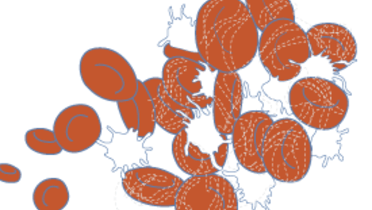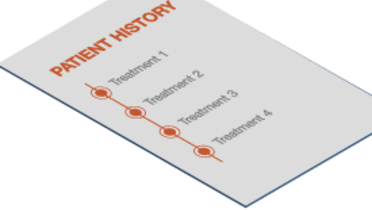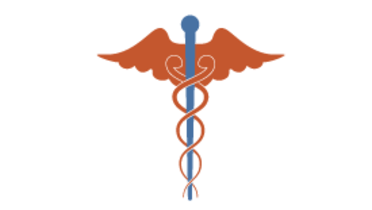-
0
Patient Assessment
- 0.1 Patient demand
- 0.2 Overarching considerations
- 0.3 Local history
- 0.4 Anatomical location
- 0.5 General patient history
-
0.6
Risk assessment & special high risk categories
- 5.1 Risk assessment & special high risk categories
- 5.2 age
- 5.3 Compliance
- 5.4 Smoking
- 5.5 Drug abuse
- 5.6 Recreational drugs and alcohol abuse
- 5.7 Parafunctions
- 5.8 Diabetes
- 5.9 Osteoporosis
- 5.10 Coagulation disorders and anticoagulant therapy
- 5.11 Steroids
- 5.12 Bisphosphonates
- 5.13 BRONJ / ARONJ
- 5.14 Radiotherapy
- 5.15 Risk factors
-
1
Diagnostics
-
1.1
Clinical Assessment
- 0.1 Lip line
- 0.2 Mouth opening
- 0.3 Vertical dimension
- 0.4 Maxillo-mandibular relationship
- 0.5 TMD
- 0.6 Existing prosthesis
- 0.7 Muco-gingival junction
- 0.8 Hyposalivation and Xerostomia
- 1.2 Clinical findings
-
1.3
Clinical diagnostic assessments
- 2.1 Microbiology
- 2.2 Salivary output
-
1.4
Diagnostic imaging
- 3.1 Imaging overview
- 3.2 Intraoral radiographs
- 3.3 Panoramic
- 3.4 CBCT
- 3.5 CT
- 1.5 Diagnostic prosthodontic guides
-
1.1
Clinical Assessment
-
2
Treatment Options
- 2.1 Mucosally-supported
-
2.2
Implant-retained/supported, general
- 1.1 Prosthodontic options overview
- 1.2 Number of implants maxilla and mandible
- 1.3 Time to function
- 1.4 Submerged or non-submerged
- 1.5 Soft tissue management
- 1.6 Hard tissue management, mandible
- 1.7 Hard tissue management, maxilla
- 1.8 Need for grafting
- 1.9 Healed vs fresh extraction socket
- 1.10 Digital treatment planning protocols
- 2.3 Implant prosthetics - removable
-
2.4
Implant prosthetics - fixed
- 2.5 Comprehensive treatment concepts
-
3
Treatment Procedures
-
3.1
Surgical
-
3.2
Removable prosthetics
-
3.3
Fixed prosthetics
-
3.1
Surgical
- 4 Aftercare
药物治疗
Key points
- 为了在外科干涉后,使患者感觉舒适并减少疼痛和肿胀,规程中通常会使用止痛药
- 对于更广泛的介入和一些易感健康问题(例如糖尿病),考虑使用预防性抗菌处理
- 考虑一些目前使用的止痛药和抗生素与一般药物治疗(防凝血药、口服避孕药)之间可能的冲突
- 考虑药物可能的副作用(例如在儿童中与阿司匹林相关的雷氏综合征、过敏症)
止痛药和抗炎药
根据外科干涉的类型和手术大小,患者可能需要或者想要得到防止疼痛和肿胀的适当药物,例如扑热息痛、阿司匹林 (ASA) 或非甾体抗炎药组 (NSAID)。
副作用:如果使用阿司匹林或者香豆素类凝血剂来防止凝血,最好使用扑热息痛之类的止痛药来缓解疼痛,因为阿司匹林和香豆素与布洛芬之间有冲突。(请参阅凝血紊乱和抗凝治疗上的文章)
应在局部麻醉消退之前开始使用止痛药。
最迟在手术后第二天会出现疼痛缓解;如果没有缓解,患者必须前去就医以寻求控制。
抗生素治疗
如果在外科干涉之前已经开始了预防性抗生素治疗,在手术后 1 至 4 天内需要继续抗生素治疗,根据所使用的抗生素类型来确定何时结束治疗。
在移植程序中,预防性抗生素是至关重要的。
副作用:
盘尼西林(盘尼西林 V、阿莫西林)和头孢类抗生素可影响香豆素的效果,并增加出血的几率。如果用香豆素类凝血剂来防止凝血,最好使用克林霉素类抗生素。
抗生素可降低口服避孕药的效果。至最后一次抗生素药物治疗之后 7 天,建议患者考虑替代/额外的避孕措施。
窦底提升骨再生的注意事项
由于患者至少有两个星期不能通过鼻子呼吸,应该开具鼻喷雾剂/解充血药
持续使用的药物
如果一些持续使用的药物由于外科干涉而中断,应在手术后继续用药。考虑这一持续用药与所使用的任何术后药物之间的可能冲突。
漱口液
为减少细菌数量,开具可供患者使用至第一次术后回访(第 7 - 14 天)的抗菌漱口液(如洗必泰)。在这次回访中,评估和决定是否要继续使用漱口液。



